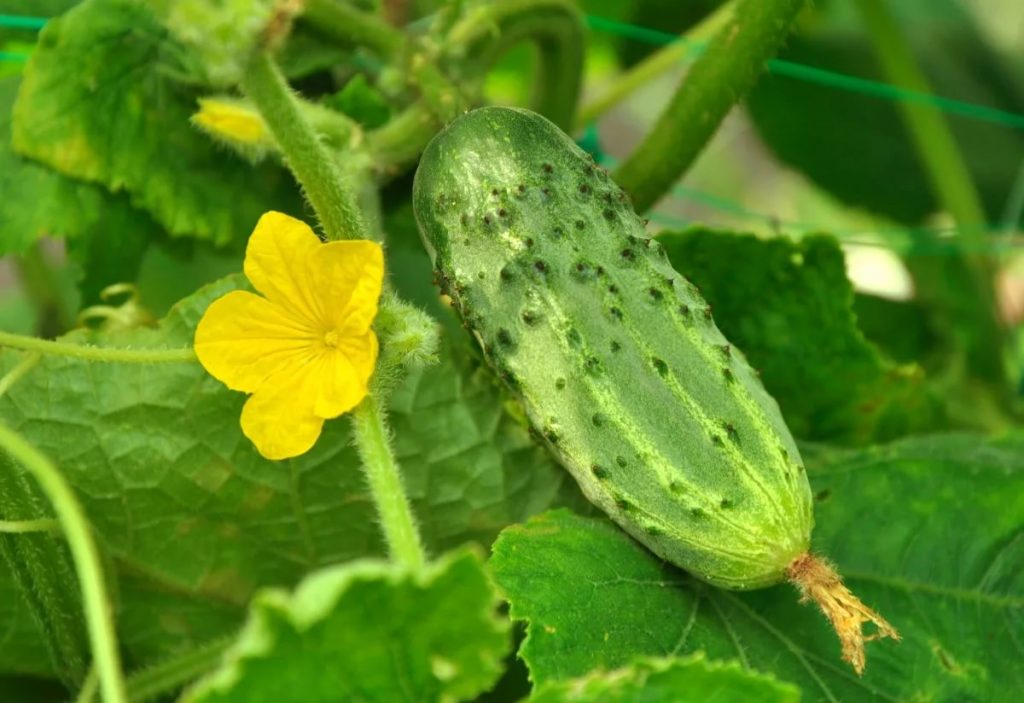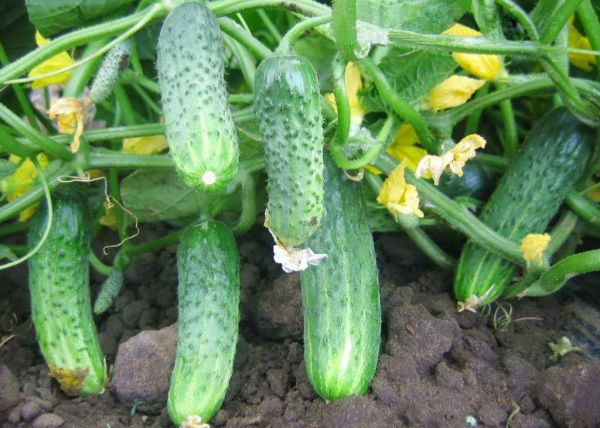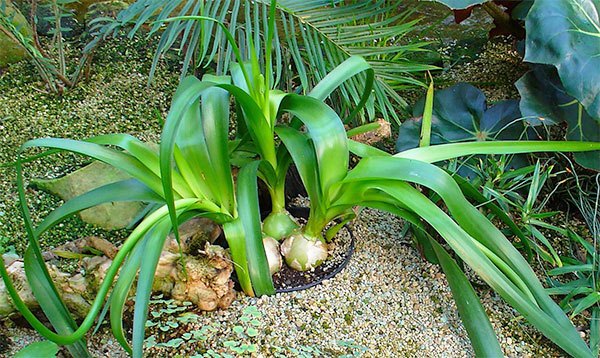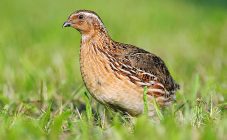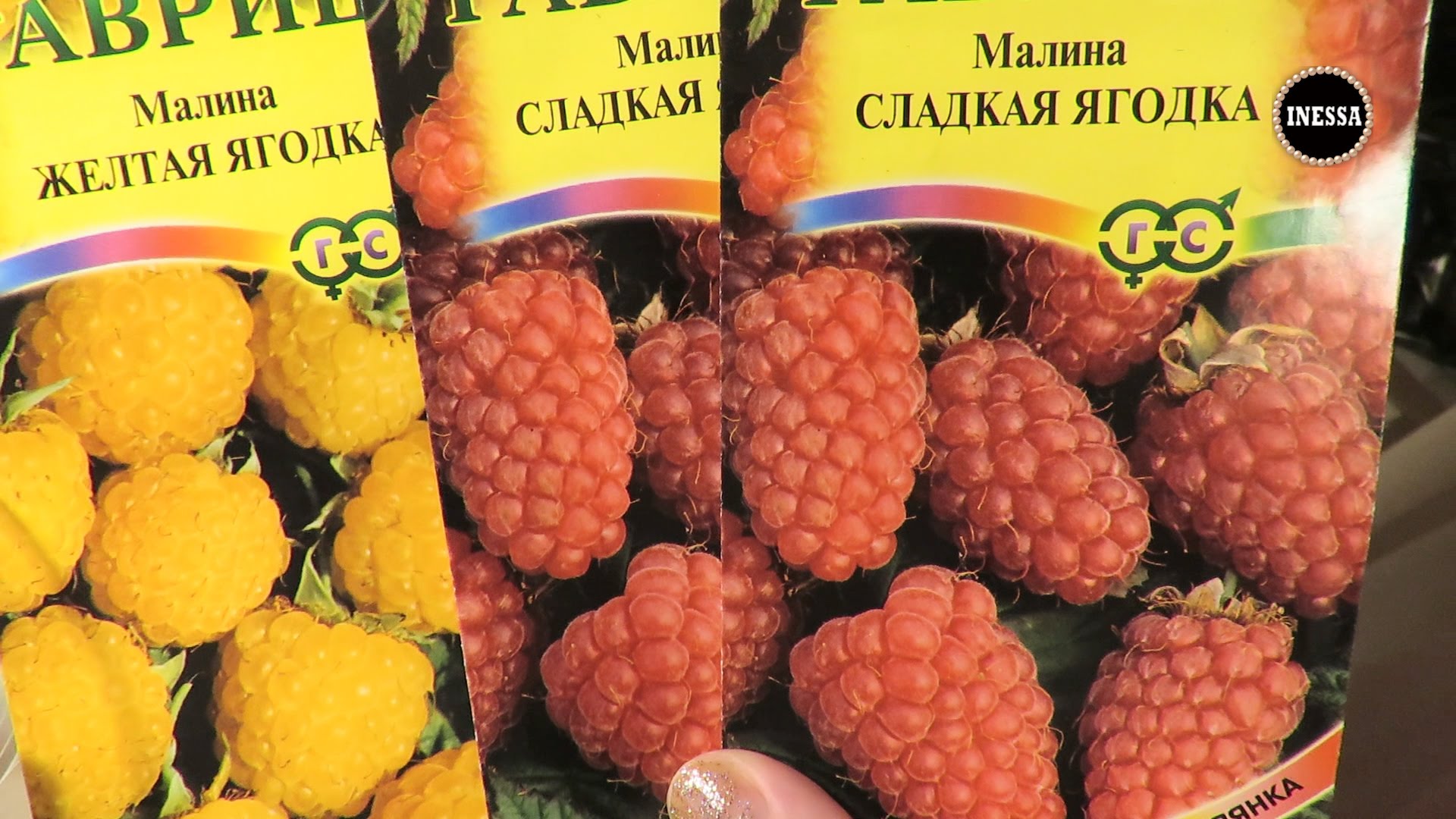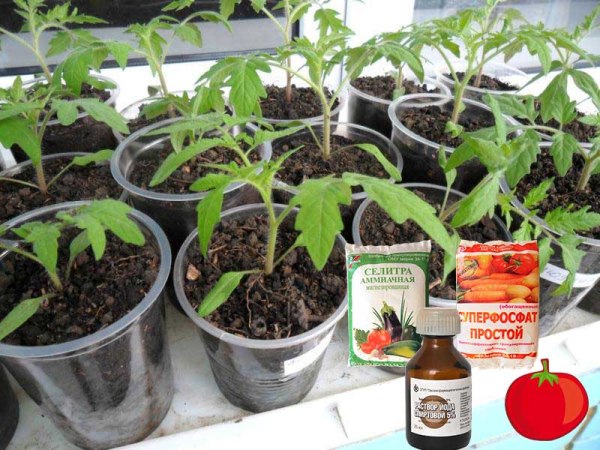Content:
Growing garden crops in greenhouse conditions and at home requires artificial pollination, cucumbers are no exception. The quantity and quality of cultivated cucumbers depends on the quality of pollination. Self-pollinating plants do not need outside help, insects help bee-pollinated ones. When growing cultivated plants in greenhouses or at home, relying on their help is pointless; under such circumstances, the plant must be pollinated manually. There are several methods of manual pollination, each with its own individual characteristics.
What is pollination for?
All representatives of the flora need pollination. The formation of fruits occurs as a result of the interaction of the pollen of the male stamens with the stigma of the female. Pollinators for cucumbers in the wild are insects (mainly bees), birds, and wind. Sometimes situations arise when artificial pollination is required. This is necessary, as a rule, when cultivating cucumber in a confined and closed space (in greenhouse conditions, a greenhouse, on a balcony in an apartment) or, if you wish, to obtain pure planting material and varietal fruits.
Differences between male and female flowering types
It is important to understand the color on the plant. The main differences between female and male flowers:
- The female flower has a pistil. It is usually located on lateral shoots. It has a thickening that visually resembles a miniature cucumber.
- The male color has no pistils, but they contain a large amount of pollen. If you shake it gently, a whole cloud forms around it. They are located at the base of the stem, grouped in several pieces.
How to pollinate cucumbers at home
Pollination of cucumbers at home is not difficult if you first familiarize yourself with all the features. How to pollinate cucumbers in a greenhouse and at home:
- Unopened buds should be fenced a few days before the expected opening. It is recommended to use a paper cap and gauze for this. This is required so that insects do not sit on the bush. There should be several times more male buds than female buds.
- Male flowers open for only one day, after which they wither. Female flowers are capable of pollination twice as long. A day later, the gauze with paper caps is removed, called barren flowers are cut off. It is necessary to carefully cut off the corolla petal and attach it to the pistil of the female flower.
- You can plant the pollen using a small, soft-bristled brush. Pollen is attached to its bristles and transferred to a female flower.
- 2-3 male flowers should be treated with one female flower.
Optimal conditions for fruitful pollination
It is necessary to pollinate the culture in accordance with the following recommendations:
- Indoor humidity plays a very important role in pollination. The optimal value is 70%. At low humidity, pollen dries quickly, and at high humidity, it sticks together.
- Pollination should be carried out in the morning, no later than lunchtime.
- Female flowers are capable of pollination on the second day, it is at this time that the procedure is recommended.
- If you plan to carry out varietal pollination, it is advisable to cover the inflorescences from unwanted penetration of insects.
- Self-pollinated flowers need to be marked somehow.
- The temperature regime is of great importance for the cultivation of cucumbers. At temperatures above +27 degrees, pollen loses its activity. When the temperature drops to + 10-15 degrees, the development of the ovary is inhibited. The optimal temperature regime is 20-25 degrees above zero.
- You should not be limited to one procedure, you need to repeat artificial pollination every day for a week.
- In order for beautiful fruits to grow, it is necessary to transfer pollen to a nearby growing bush, and not to the same one.
Which varieties do not need pollination
Scientists in the course of numerous experiments and studies have obtained parthenocarpic hybrids that do not require pollination. This is an indisputable advantage of the species, but it also has a disadvantage - there are no seeds in the fruits that can be used as planting material for the next year.
The flowers of parthenocarpic hybrids contain both a pistil and a stamen (hermaphrodite). Such crops do not need pollination, they are more productive. Their main feature is that each flower is capable of bearing fruit.
What to do with barren flowers
Before figuring out what to do with a large number of barren flowers, you need to establish the reasons for their formation. Main reasons:
- Overly close location.
- Sunlight deficiency.
- The planting material was collected last year.
- Insufficient heating of seeds before planting.
To prevent the formation of barren flowers in the future, you need to carefully pinch the top of the culture. This promotes the development of lateral shoots and the formation of female flowers on them.
Another way to reduce the number of barren flowers is to reduce the number of waterings. Unfavorable conditions for growth and development trigger a genus prolongation mechanism in the plant, and female flowers form intensively. It is necessary to return to the usual frequency of watering as soon as the plant begins to wilt. After such stress, fertilizers (boric acid, polycarbonate, rotted humus) must be added to the soil.
Now a novice agronomist knows how to pollinate cucumbers. Manual pollination of cucumbers does not require special knowledge and special efforts, but it will allow you to collect clean planting materials for breeding a certain variety.
